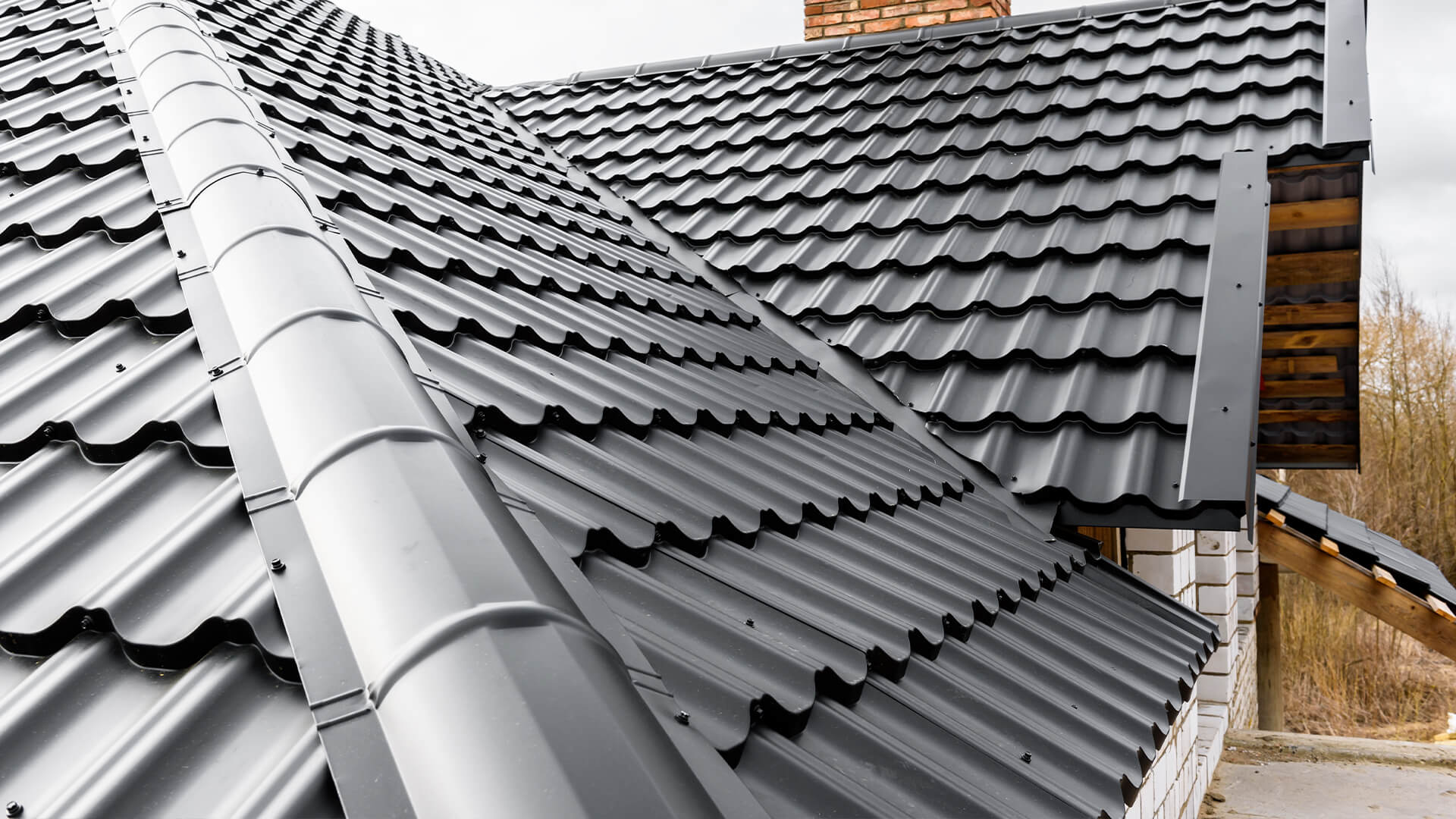Essential Inquiries to Ask Gainesville Roofing Companies Prior To Hiring
Essential Inquiries to Ask Gainesville Roofing Companies Prior To Hiring
Blog Article
Finest Practices for Ensuring Appropriate Roof Ventilation
Making sure correct roof ventilation is vital for the longevity and efficiency of a roof. A well balanced intake and exhaust vent proportion, commonly 1:300, plays a crucial function, with consumption vents ideally positioned at the reduced edge of the roofing system for awesome air entry and exhaust vents at the height for cozy air leave. Normal examinations to determine obstructions and keep clear air flow are vital. Maintaining insulation away from vents is critical to stop airflow limitation. Recognizing these foundational elements sets the phase for even more in-depth insights into setup and upkeep techniques that can substantially improve your roof covering system's efficiency.
Understand Air Flow Basics
Properly comprehending air flow essentials is necessary for making sure the durability and performance of roof systems. Reliable air flow minimizes dampness buildup and temperature level extremes in the attic room, both of which can bring about significant architectural damage over time. A well-ventilated roof covering assists in avoiding typical issues such as mold and mildew growth, wood rot, and ice dams, which can jeopardize the honesty of the roofing products and the underlying structures.
The main objective of air flow is to promote the activity of air, permitting a constant exchange between the exterior and indoor settings. This equilibrium is achieved through a combination of intake and exhaust vents that collaborate to keep ideal air flow. Intake vents, typically situated along the eaves or soffits, permit fresh air to get in the attic area, while exhaust vents, frequently positioned at or near the roof ridge, allow warm, humid air to escape.
Secret aspects affecting the performance of roofing ventilation consist of correct positioning, appropriate sizing, and making sure that both consumption and exhaust vents are unobstructed. Normal assessment and upkeep are vital to recognize prospective blockages, damage, or inefficiencies in the air flow system, consequently protecting the roofing system's performance and resilience.
Kinds Of Roofing Vents
Roof covering vents play a vital function in preserving reliable attic room air flow and, by expansion, the overall health and wellness of the roof. Various kinds of roof vents are readily available, each with unique benefits customized to details roof covering demands. Ridge vents, for instance, are mounted along the roofing's optimal, enabling warm, moist air to run away from the attic room. They use continual air flow and mix flawlessly with the roofline, making them both reliable and aesthetically pleasing.

Soffit vents are mounted under the eaves and operate in tandem with roofing vents to make certain a balanced intake and exhaust system. By permitting cooler air to go into from below, soffit vents facilitate the expulsion of hot air with upper vents. Gable vents, located on the exterior wall surfaces of the attic, deal another effective solution, especially in homes with saddleback roofs.
Examine Your Current Ventilation

Following, think about the age and problem of your roof products and ventilation components. Older systems might not comply with existing building regulations or may have worn away in time, decreasing their efficiency. Conduct a complete assessment to identify any indications of deterioration, such as rust, damage, or gaps that could compromise the system's performance.
Additionally, gauge the attic room temperature and moisture levels. High temperatures and humidity can indicate poor ventilation - gainesville fl roofing companies. Utilize a hygrometer and thermometer to obtain precise analyses, comparing them with exterior problems. Relentless disparities recommend potential issues that need attending to.
Installment Best Practices
Reliable installment of roof air flow systems is critical for guaranteeing ideal performance and longevity. Proper installment starts with comprehending the specific ventilation needs of the roofing system and the building it covers. This entails determining the correct ratio of intake to tire vents, normally sticking to the 1:300 policy, which specifies one square foot of air flow for every single 300 square feet of attic floor area.

The positioning of vents is just as essential. Consumption vents should be installed at the roofing system's lower edge, frequently in the soffits, to allow cool air to enter. Exhaust vents, on the various other hand, should be set up near or at the roof's peak to help with the exit of warm, moist air. This creates a natural air movement that helps preserve temperature and wetness balance within the attic room.
Seal all air vent links diligently to protect against air leakages and possible water seepage. Use high-quality materials and comply with producer guidelines to guarantee longevity and efficiency. Additionally, integrating ridge vents with baffles can significantly boost air movement performance by preventing wind-driven rain and snow from entering the attic.
Inevitably, accurate setup of roof covering ventilation systems alleviates possible concerns such as mold growth, ice dams, and structural damage, guaranteeing the roofing's integrity and the structure's overall wellness.
Routine Upkeep Tips
Consistency in maintenance methods is essential to making sure the lasting efficiency of roofing air flow systems. Regular examinations are crucial, preferably done biannually-- in the spring and autumn. Throughout these examinations, make sure that vents are devoid of particles, nests, and other blockages that could impede airflow. Look for any type of signs of dampness build-up or mold and mildew, as these can suggest incorrect ventilation or leakages (roofing companies gainesville florida).
Cleaning the vents is another essential job. Utilize a soft brush or a vacuum cleaner to remove dirt and debris from intake and exhaust vents. Beware not to harm the vent displays or louvers throughout the great post to read process. Additionally, check look at this web-site the attic room space for any kind of indications of water damage, which can endanger the stability of the roof system.
Appropriate insulation is similarly vital. Ensure that attic insulation does not block the vents, as this can badly restrict air movement. If any kind of insulation has actually moved or resolved, reposition or change it to keep a reliable obstacle.
Last but not least, replace any damaged or missing out on elements promptly. Busted vents, split tiles, or scrubby flashing can all add to poor ventilation and needs to be resolved right away. Regular upkeep makes certain that the roof ventilation system functions ideally, thereby expanding the lifespan of the roof covering itself.
Conclusion
Making certain appropriate roofing air flow is extremely important for keeping the effectiveness and resilience of a roof system. Adherence to the 1:300 intake and exhaust air vent proportion, paired with the strategic placement of vents, is crucial. Normal biannual inspections, debris cleaning, and making certain insulation does not block air flow are important practices. Applying these ideal practices will foster a well-ventilated roof system, thus reducing potential concerns connected to moisture build-up and excessive warmth, inevitably lengthening the roofing's life-span.
A well balanced intake and exhaust vent ratio, typically 1:300, plays an essential function, with intake vents preferably positioned at the reduced edge of the roof covering for awesome air entry and exhaust vents at the peak for warm air exit. Intake vents, typically located along the eaves or soffits, permit fresh air to enter the attic room space, while exhaust vents, commonly positioned at or near the roofing system ridge, make it possible for hot, humid air to escape.
Soffit vents are mounted under the eaves and work in tandem with roofing vents to make certain a well balanced consumption and exhaust system. By permitting cooler air to get in from below, soffit vents assist in the expulsion of warm air through top vents. Adherence to the 1:300 consumption and exhaust air vent proportion, combined with the tactical placement of vents, is crucial.
Report this page